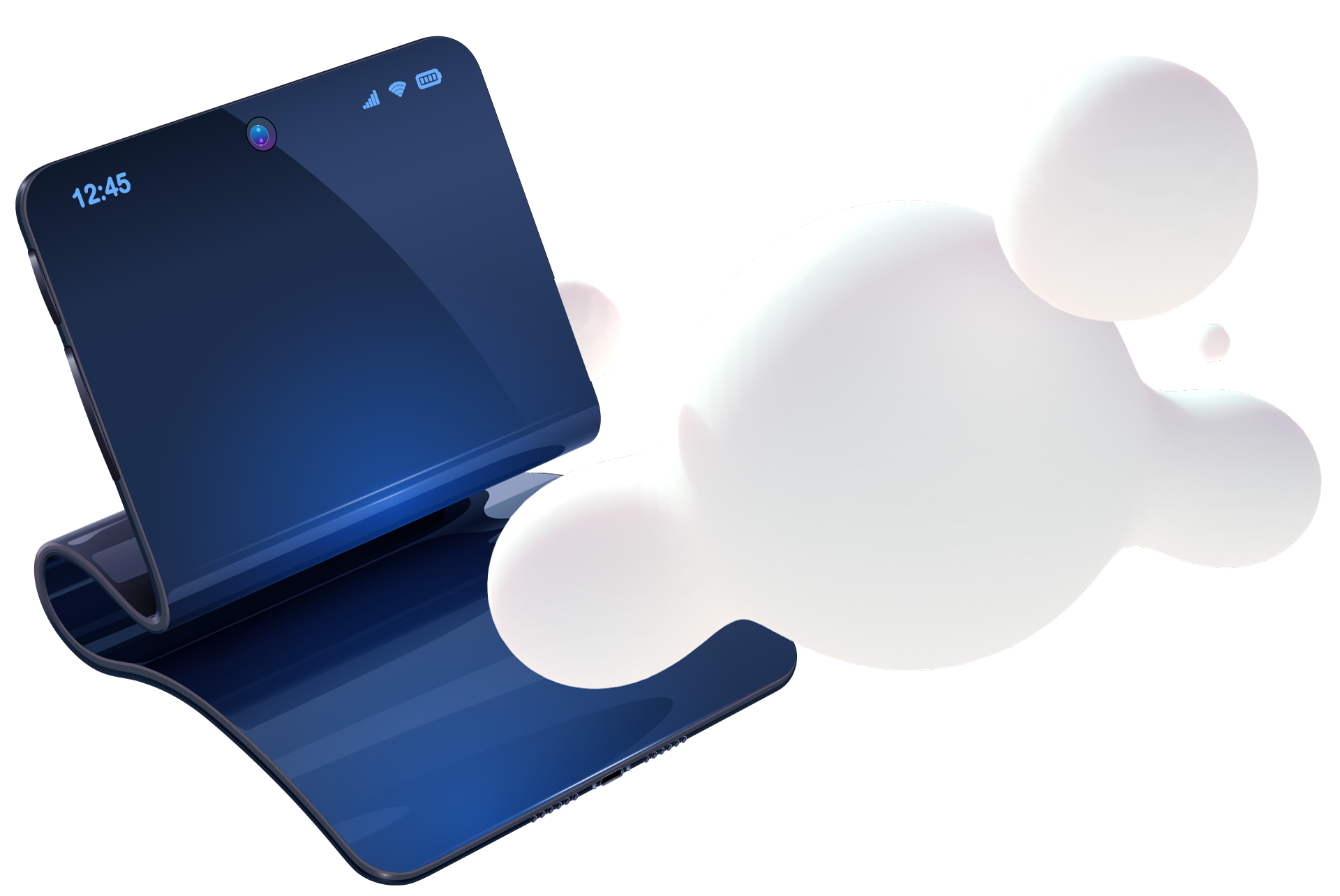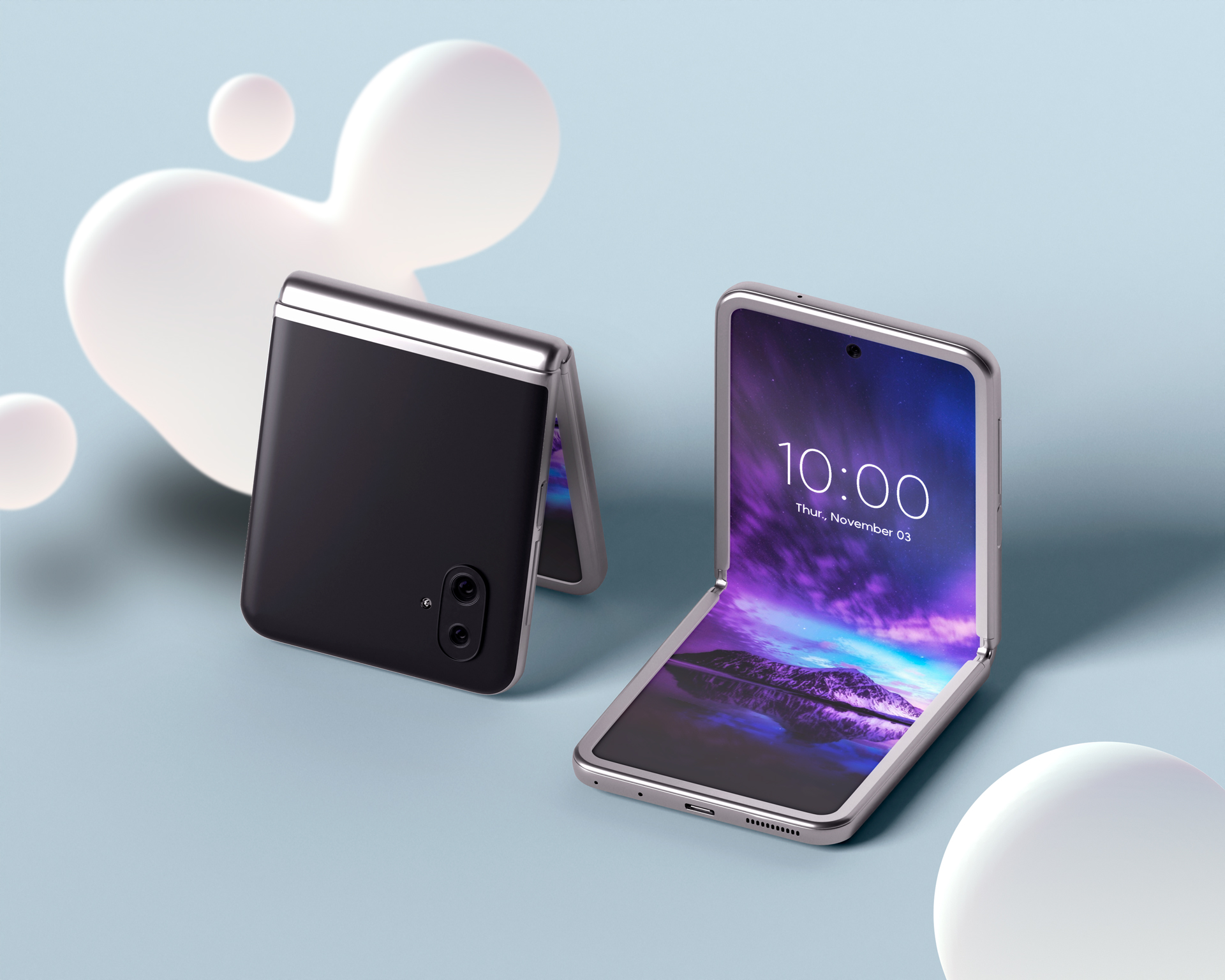Today marks the end of Mobile World Congress 2023, an edition in which foldable screens have triumphed. Although these screens have been on the market for five years now, brands such as Lenovo, Motorola, Oppo and Honor are still committed to devices with flexible and even rollable screens, making it possible to have large screens in relatively small devices. But what has been the evolution of telephony over the years? Today we want to take a brief look back at previous editions of the Mobile World Congress, where there were mobile phone models that made our heads explode.
Nokia 8800 Sirocco – 2006
This phone may seem a little extravagant to us today, but this jewel was handcrafted from polished stainless steel. In addition, the screen had a sapphire coating, so we are not surprised by the launch price: €1000. In terms of features, it already had a 2 MP camera and a 700 mAh battery.
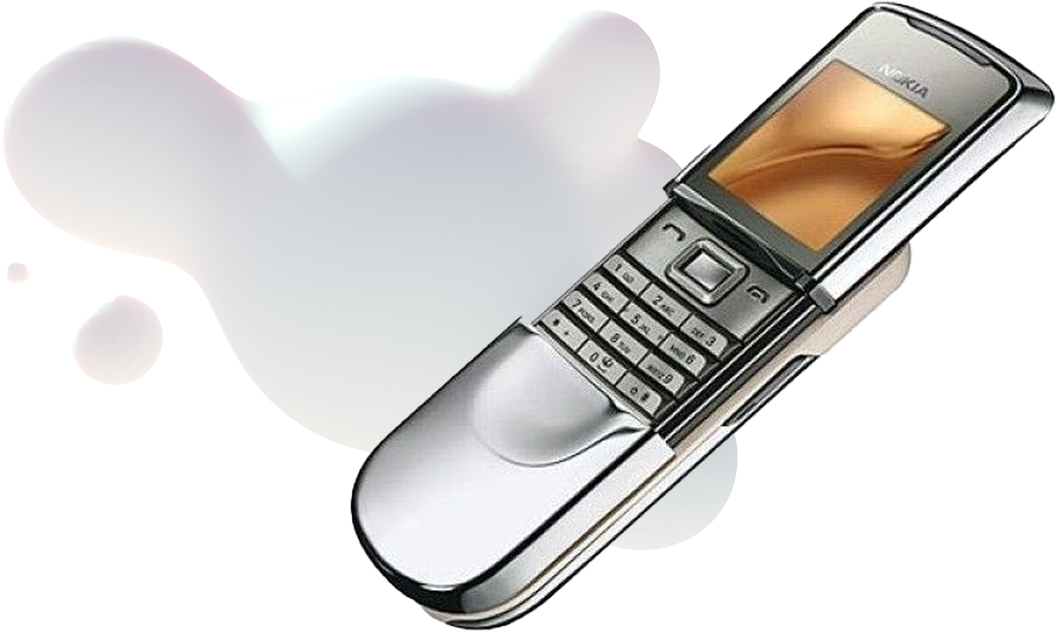
Nokia N96 – 2009
This Nokia model entered the market with high pretensions, as it was advertised as the iPhone killer. On the face of it, given the year of its launch, it seems more than acceptable. However, it did not succeed because of its operating system, Symbian, which was owned by Nokia and was overshadowed by Android and iOS.
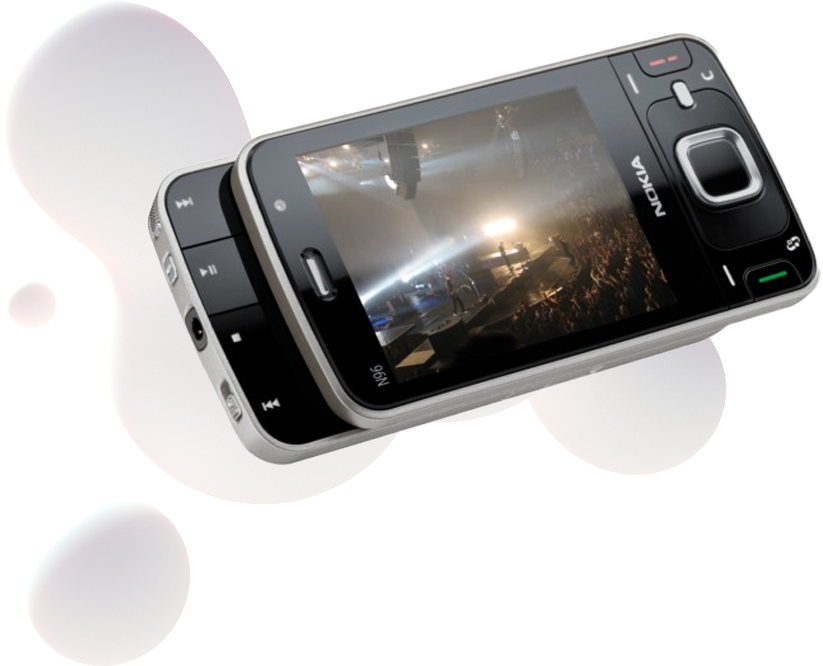
Motorola Atrix – 2011
This Motorola model was launched in 2011 and was a real surprise. Motorola Atrix offered a wide range of accessories, including the LapDock. The LapDock added keyboard, screen, touchpad, speakers and battery to this smartphone.
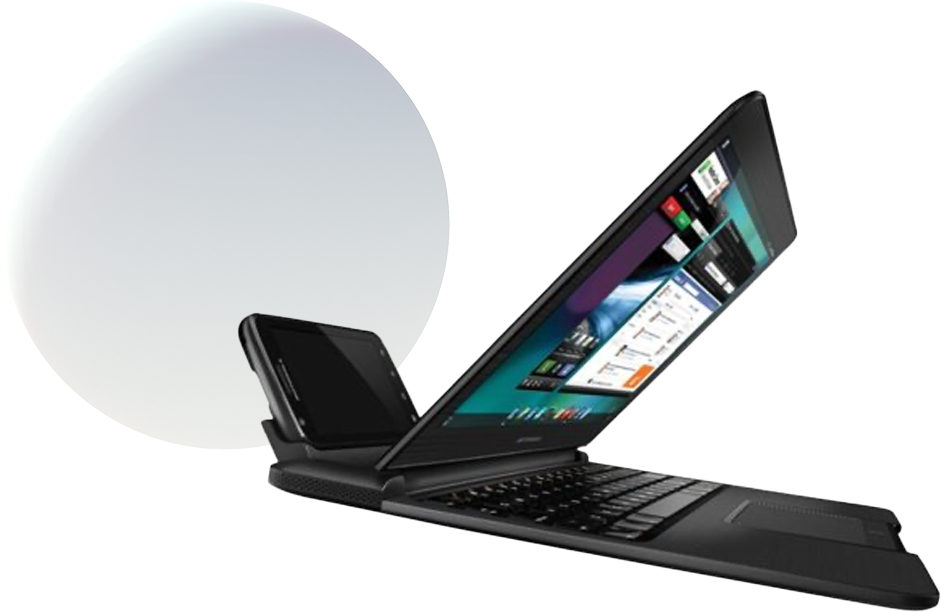
Nokia 808 PureView – 2012
This Nokia was a pioneer in matching and even surpassing the cameras of 2012. It had 41 Mpx, Xenon flash and Full HD video. Undoubtedly, a smartphone with features way ahead of its time.
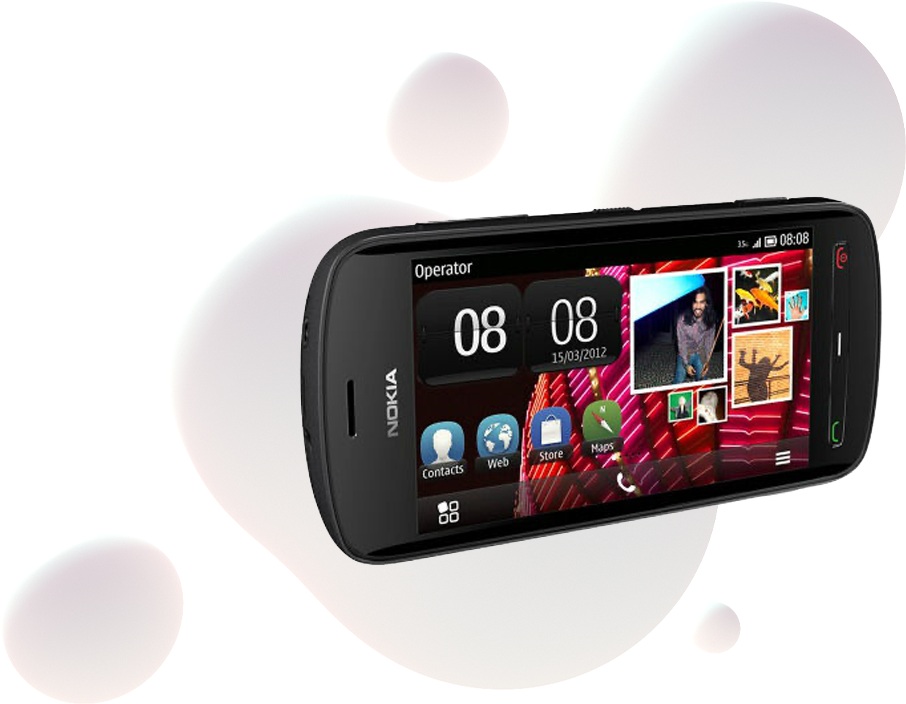
Sony Xperia Z – 2013
In 2013 came the boom in waterproof phones, although they had actually been around since 2005. Specifically, it was not Sony, but Casio in collaboration with LG who designed the first waterproof and shock-resistant clamshell phone.
At MWC 2013, Sony unveiled the Sony Xperia Z, a high-end smartphone that offered water and dust resistance. It promised to withstand submersion under 1 metre of water for up to 30 minutes. However, Sony had already enshrined these features in 2006, when it launched the Sony Ericsson SO902iwp. Advertisements for this phone claimed that it could receive calls underwater, which was very flashy for advertising purposes, but not useful in practice.
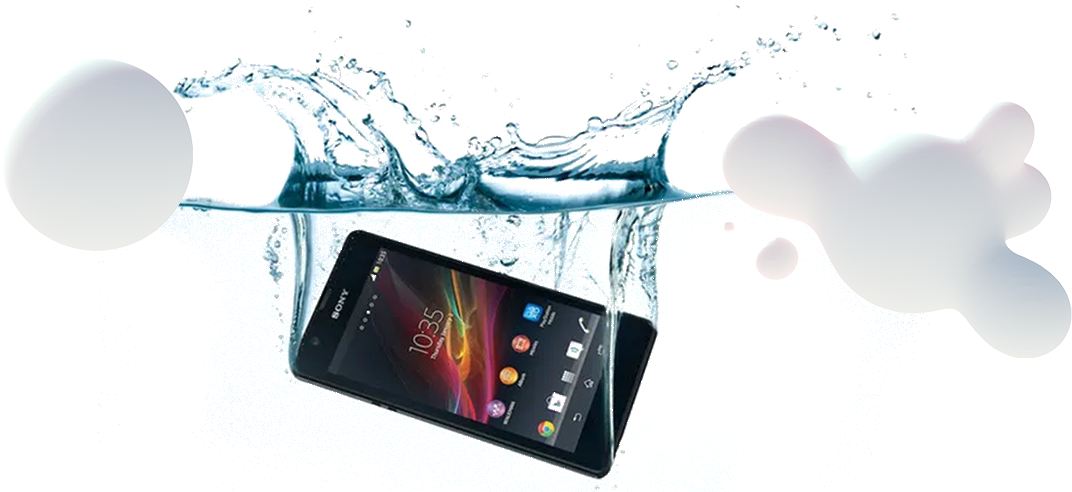
LG G5 – 2015
This was the first generation of mobile phones that began to make good use of the front for the screen. The design generated quite a bit of controversy, as it was a complete departure from the style of previous LG models. However, it ended up being considered an elegant smartphone.
What was revolutionary about the LG G5 was its modular approach. It offered interchangeable modules to add new features or enhancements to the phone, such as a speaker and extra battery.
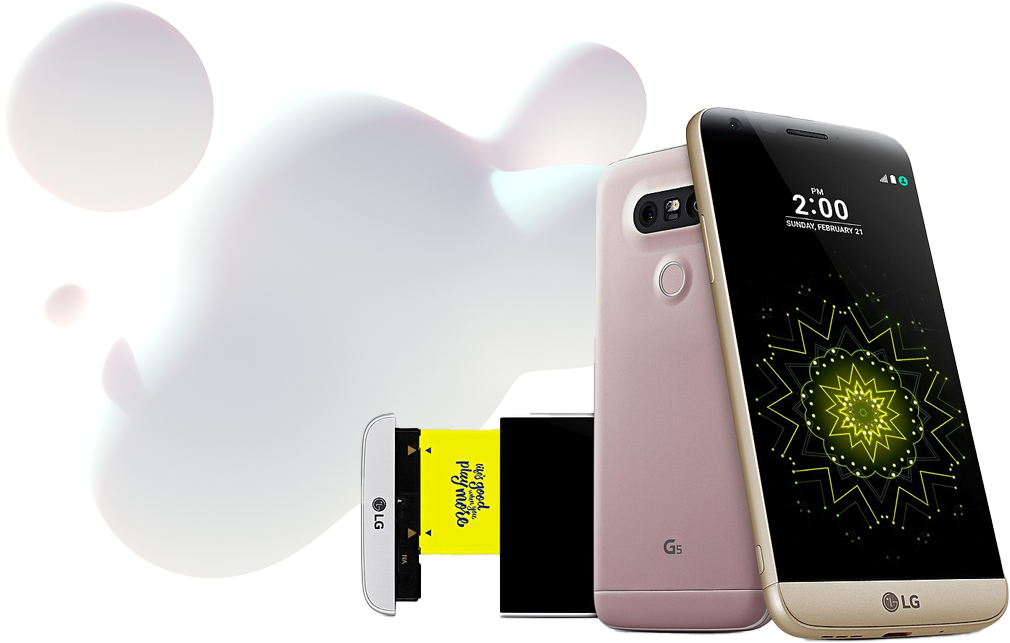
You can read our report on Mobile World Congress 2016 here.
LG G8 – 2019
We end this tour with the LG G8, a curious first non-folding folding phone. Its hinged casing had a hinge to equip a second screen.
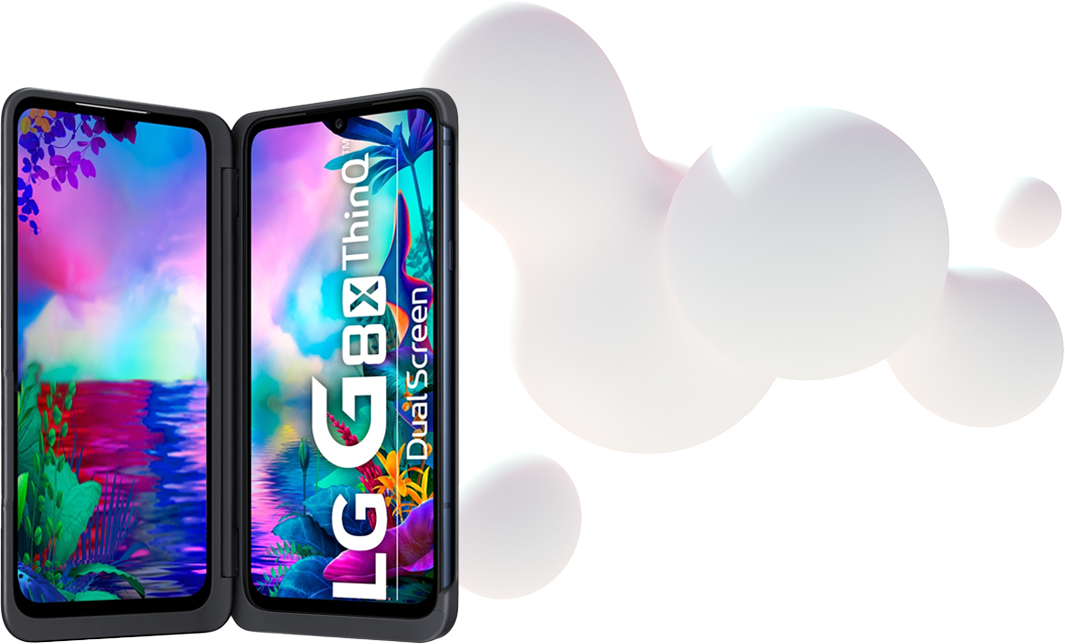
Follow us on LinkedIn so you don’t miss a thing.
